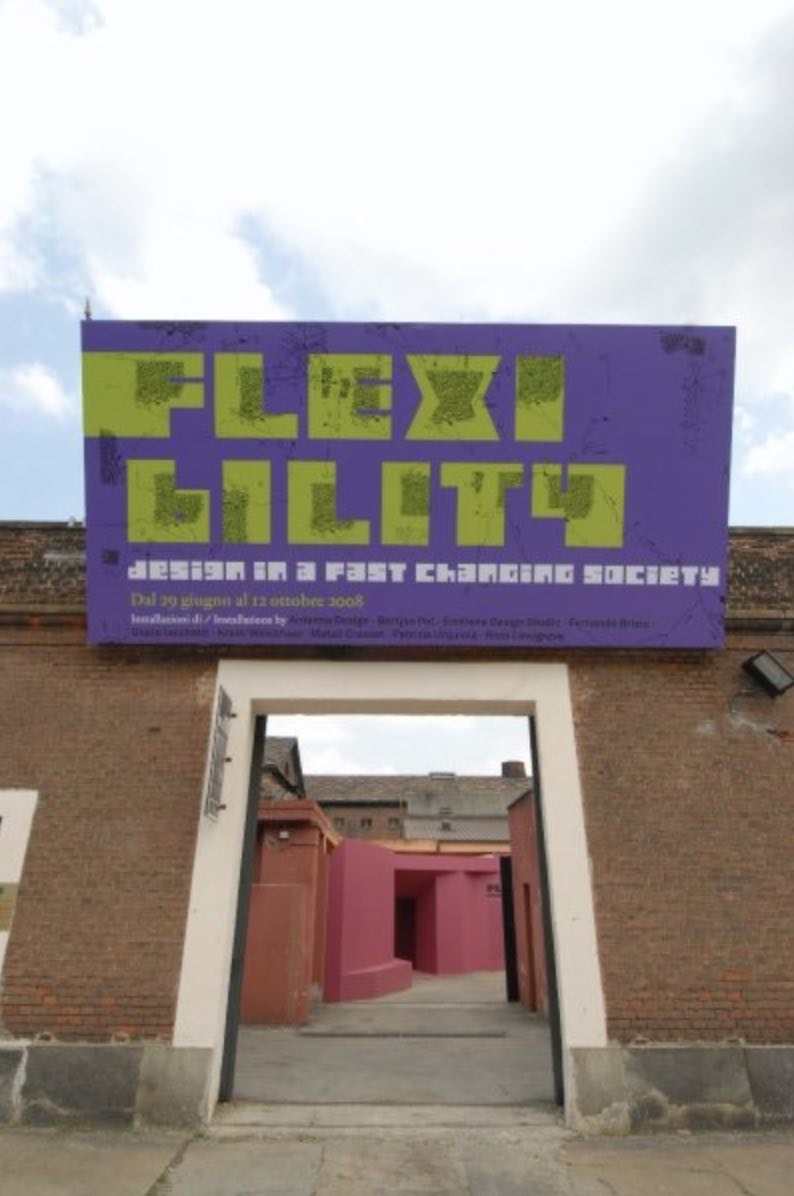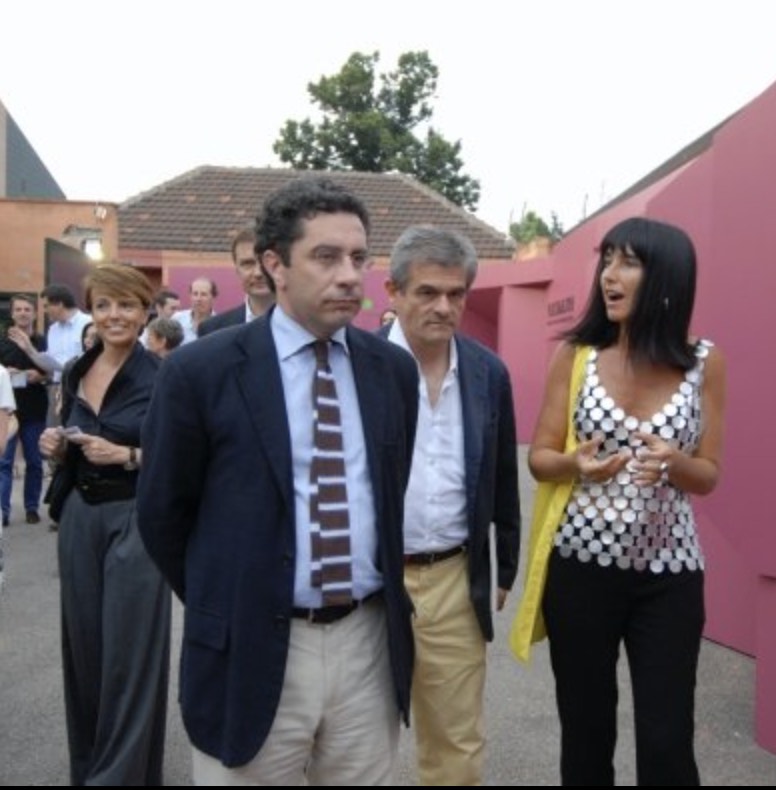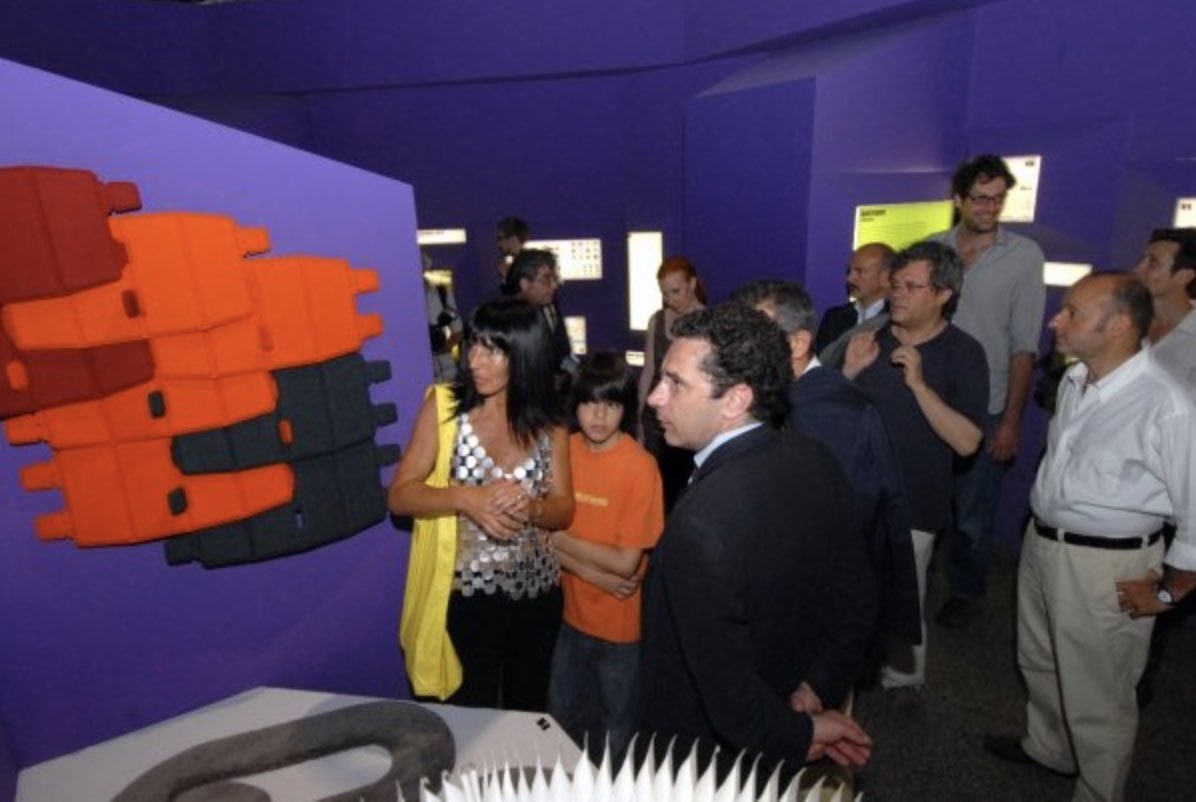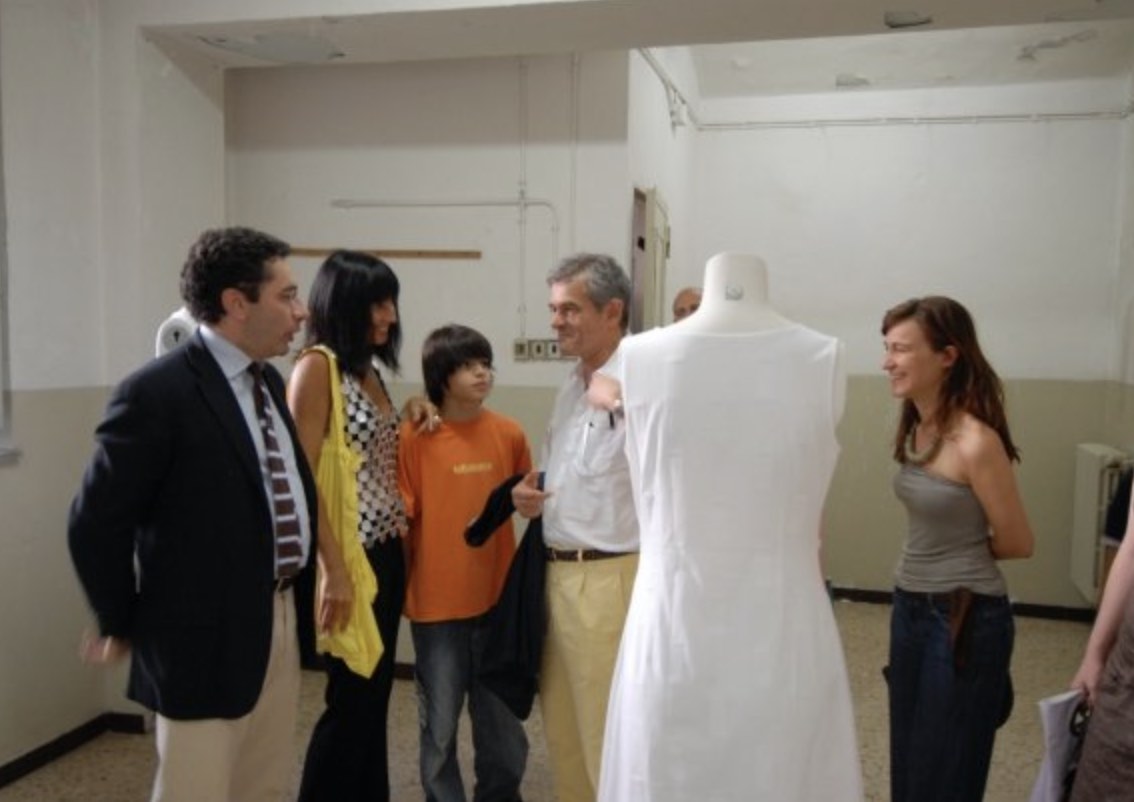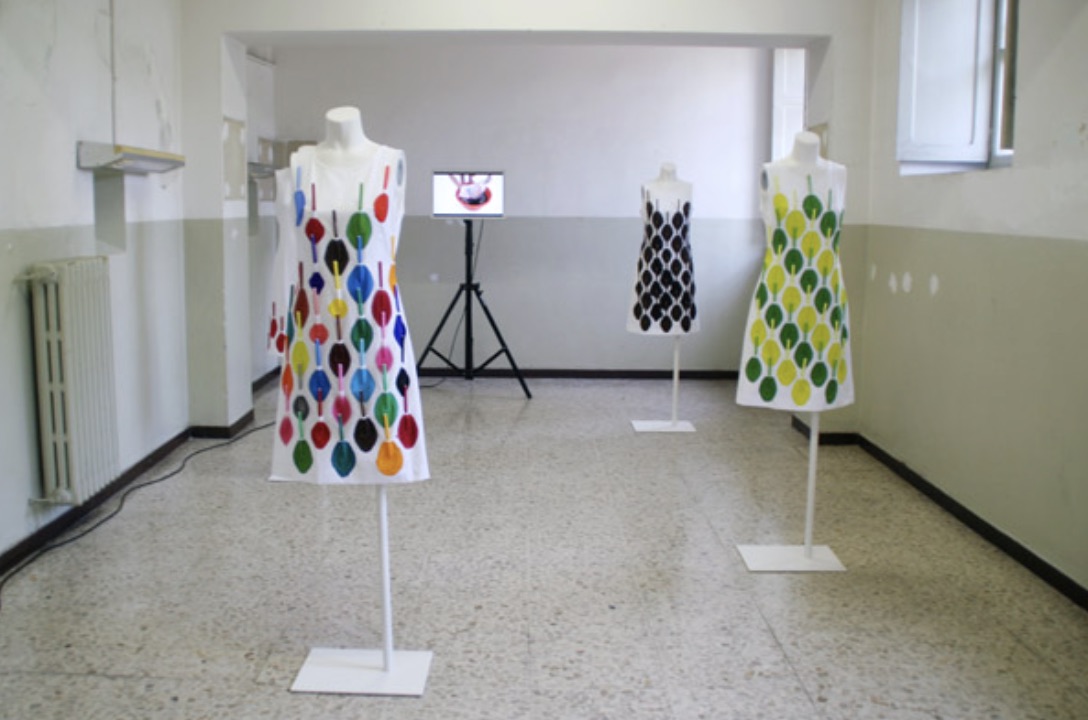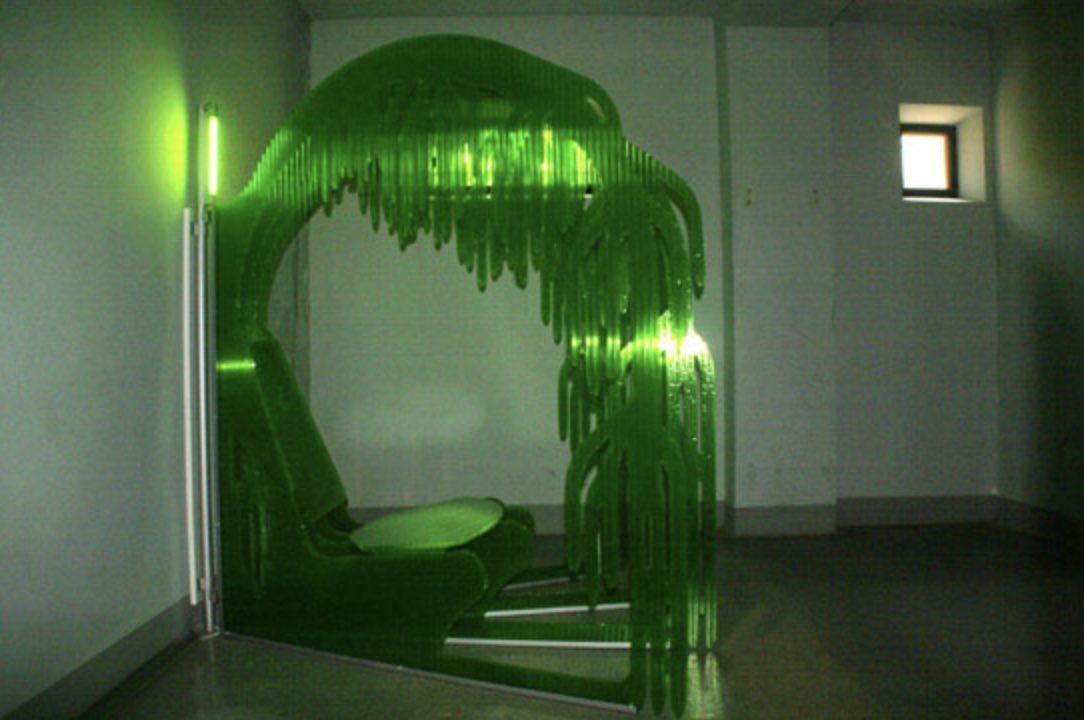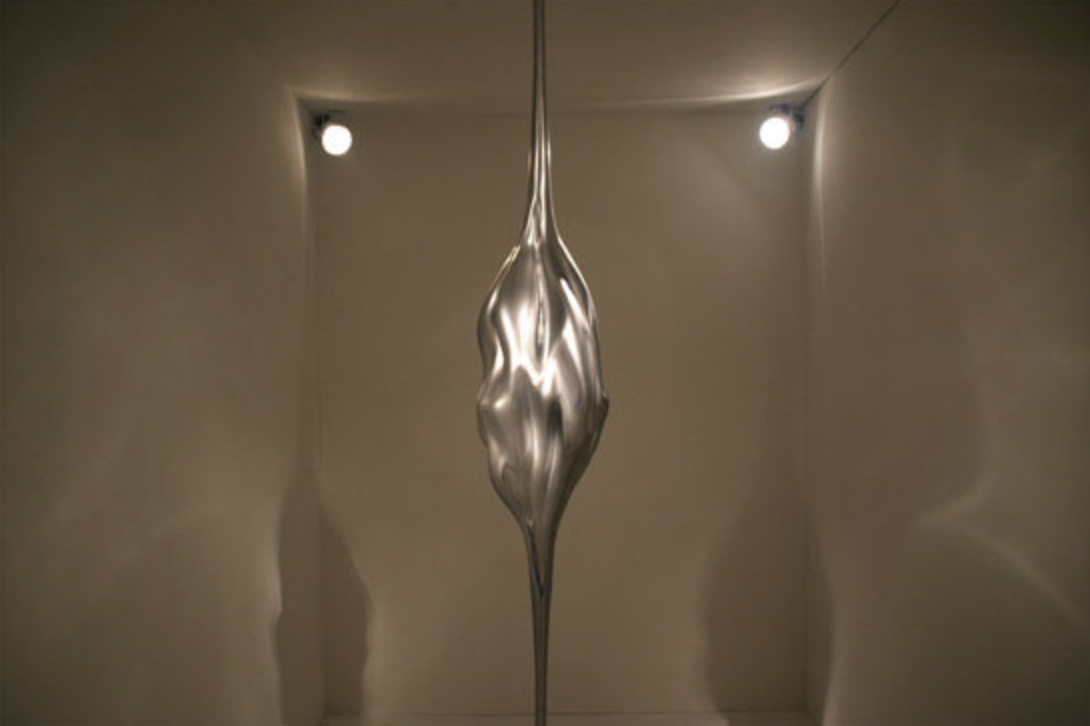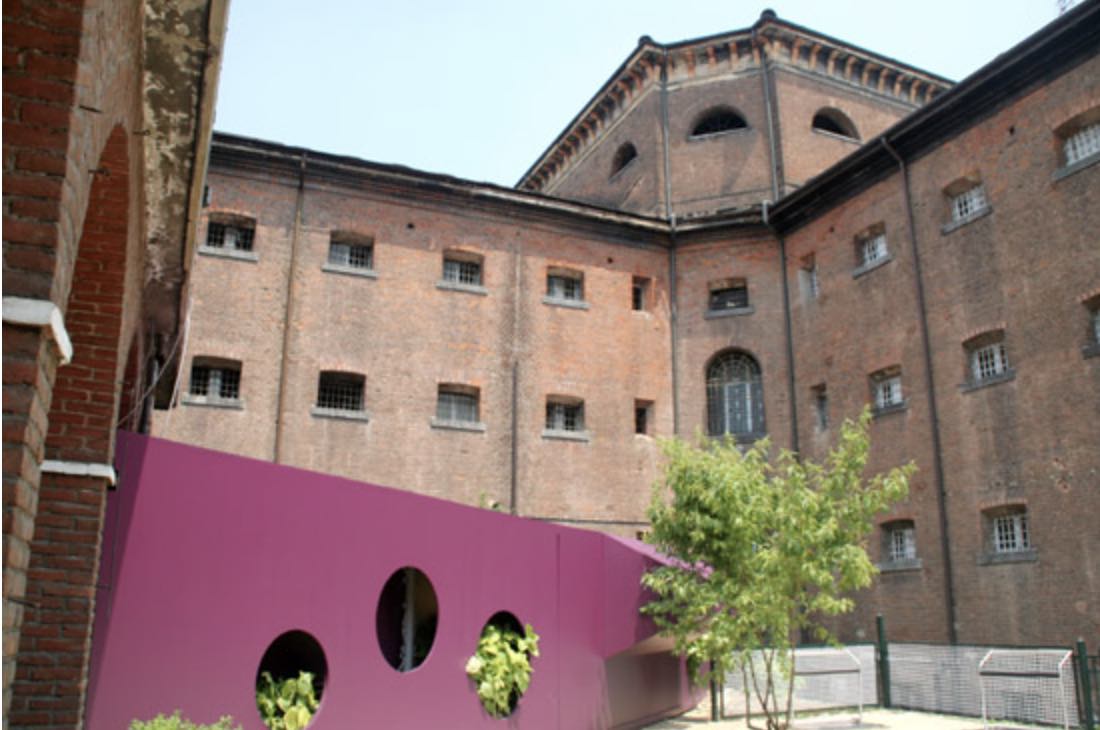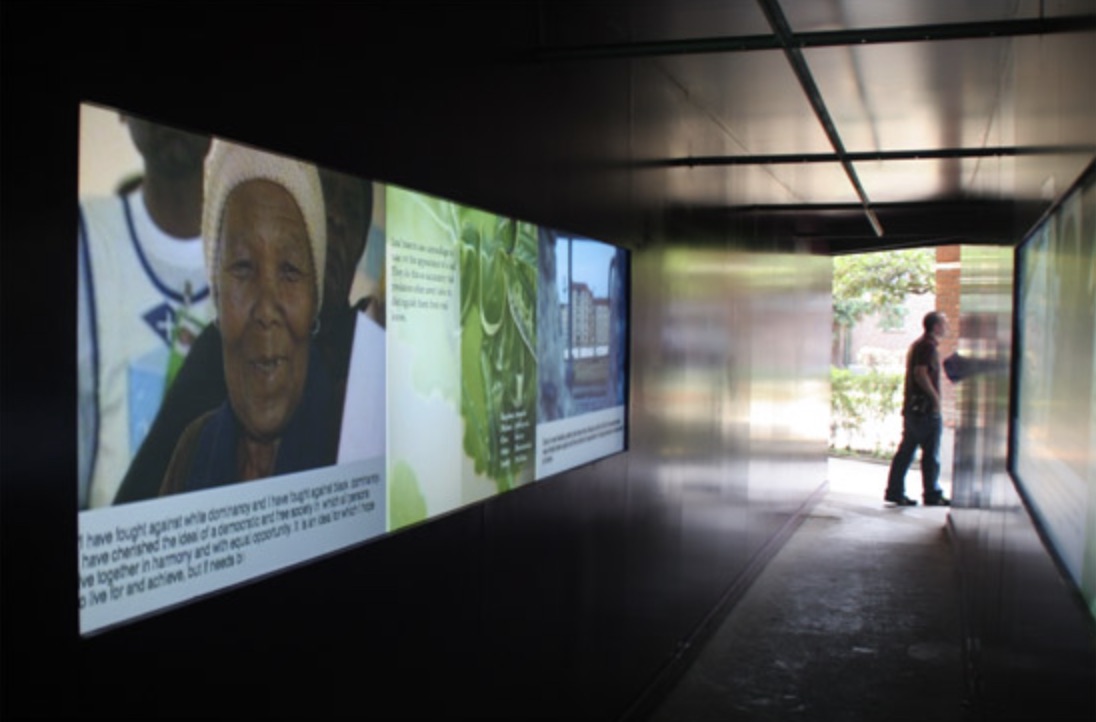Flexibility: Design in a Fast-Changing Context
Torino, Italy, 2008
Curator of the exhibition Flexibility: Design in a Fast-Changing Contex for the first World Design Capital.
“Flexibility: Design in a Fast-Changing Context” was one of the most important events on the calendar of World Design Capital Turin 2008, attracting the highest number of visitors. In addition to the exhibition, held at the former prison Ex-Carceri, Le Nuove—which had been closed to the public until then—the event included a series of debates on the theme and workshops with some of the invited designers, including Fernando Brizio, Antenna Design (Sigi Moeslinger & Masamichi Udagawa), Emiliana (Ana Mir & Emili Padrós), and Giulio Iacchetti.
“Labyrinths of roads, clusters of buildings, labyrinths of relationships. By 2050, more than 90% of the world’s population will live in cities, places that are already characterized by growing complexity. The urban landscape will be – is already – a system of tight connections between material objects and intangible factors created by humans. A space, often chaotic, in permanent acceleration, which conditions, restricts, and sometimes paralyzes movement, significantly reducing the space for individual and collective action. Most of the time, the structures and products we use in everyday life are characterized by their rigidity and limited adaptability. In this scenario, flexibility becomes both a necessity and a response. Flexibility as a means of breaking barriers, of leaving overused paths, as a way to move away from exhausted solutions; flexibility as a response, as an attitude that enables individuals to react in a context that is changing at an ever-increasing speed, often producing unexpected results, sometimes with explosive impact, where many of the tools we have are already obsolete. Design will play a determining role here.” — GMG, 2008
The exhibition Flexibility – Design in a Rapidly Changing Society raised, in 2008, fundamental questions about the relationship between flexibility and design and how this discipline can actively contribute to new solutions. Based on research involving designers, theorists, anthropologists, and neuroscientists, the exhibition proposed that the concept of flexibility be understood through the idea of cognitive flexibility, which explains how the human brain is designed to adapt acquired knowledge from one context to respond to another, different context: in other words, proving that a system, or its components, can be modified and adapted for use in applications or configurations different from those for which they were originally designed. GMG’s proposal for this exhibition rests on the premise that there is a connection between cognitive flexibility, which characterizes the human brain, and design, specifically design thinking.
A narrative and experimental journey explored different ways of conceiving the world and society based on the concept of adaptability, particularly from the perspective of transforming urban environments into more flexible and mutable, but also more welcoming and durable, places.
Set within the former prison Ex-Carceri, Le Nuove, one of the most rigid and inflexible architectural typologies, the exhibition stretched across corridors flanked by cells, creating a path in three stages, with sound design specifically created through the musical research of three sound designers. The resulting effect, between the content and the building, was powerful: the defense of flexibility interacting with the constriction inherent to the architecture of the prison, bringing life to a conceptual oxymoron.
In the circular space of the panopticon, from which the prison wings extend, the exhibition began, introducing visitors to the multiplicity of meanings assigned to the concept of flexibility; in the next display, in the male cell wing, examples of objects and design solutions showcasing adaptability and versatility were presented—solutions that can be applied in our homes, workplaces, and cities. The final part of the exhibition ended in the female cell wing, where 9 installations were displayed, specially created by ten international designers on the theme.
A multifaceted journey proposed flexibility as a crucial approach in design, as well as a process that allows for the exploration of unpredictable opportunities, emphasizing individual adaptability and, therefore, collective survival.
June 29, 2008 to October 12, 2008
Curated by: Guta Moura Guedes
Assistant Curator: Rita João
Exhibition Design: Pedro Gadanho
Communication Design: R2
Commissioned Design Studios:
- Antenna Design (Sigi Moeslinger & Masamichi Udagawa) – Austria/Japan/USA
- Bertjan Pot – The Netherlands
- Clemens Weisshaar & Reed Kram – Germany/Sweden
- Emiliana (Ana Mir & Emili Padrós) – Spain
- Fernando Brízio – Portugal
- Giulio Iacchetti – Italy
- Matali Crasset – France
- Patricia Urquiola – Spain/Italy
- Ross Lovegrove – United Kingdom
Video and Sound: Margarida Moura Guedes and Rui Gato
Texts: Max Bruinsma, Icon Magazine
Icon Magazine
“Of all the events and exhibitions being held in Turin to mark its status as this year’s world design capital, the most interesting to date is Flexibility, a series of installations by the likes of Bertjan Pot, Patricia Urquiola and icon’s cover star this month, Fernando Brizio. The installations took over the corridors and cells of Le Nuove, the city’s disused prison. In one cell, Brizio provided a splash of colour with his Renewable Clothing; the wearer can choose the colour of the garment by placing un-lidded felt-tips into integrated “pockets” and allowing ink to do its job. The outfit can be washed white, so a different colour combination can be worn next time. Pot designed a vertical blind with revolving mirror segments, doing strange things to passers-by as their image melts and dissolves before their eyes, while Italian designer Giullio Iacchetti’s piece had an ethical slant – a park bench that can be turned around by night to shelter the homeless (or by day to cover those caught unaware in a downpour). More “recyclability” than “flexibility,” Kram/Weisshaar presented their felt and concrete units originally designed for Basel’s Designers of the Future award, suggesting they could be used as sculptural building units. Others involved include Ross Lovegrove, Antenna Design and Emiliana design studio. Commissioned by Portuguese curator Guta Moura Guedes, the installations will be up until October 12, 2008.” — Anna Bates, 2008
Designboom article
